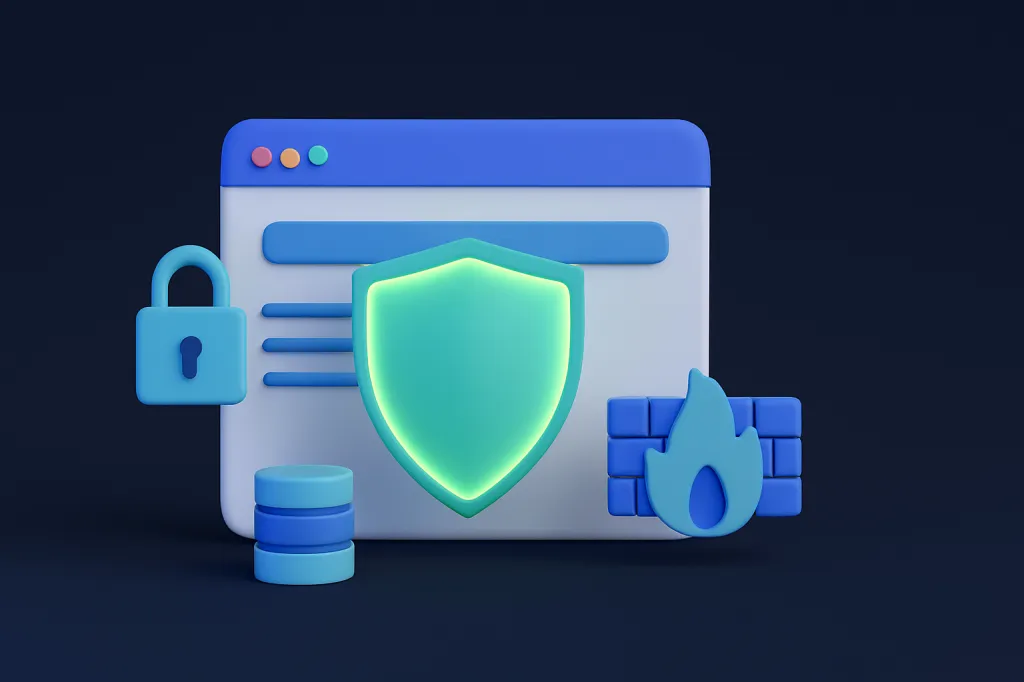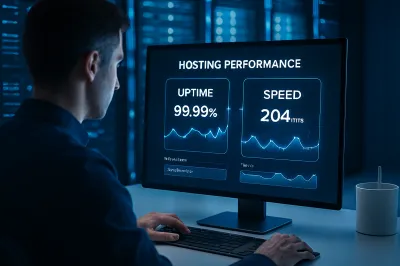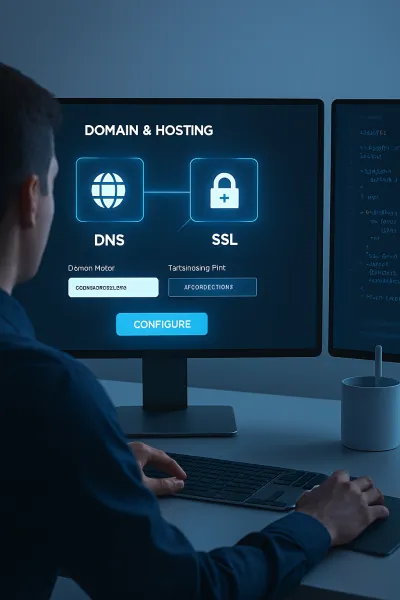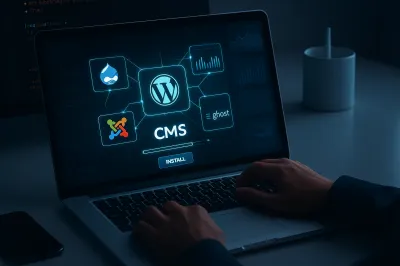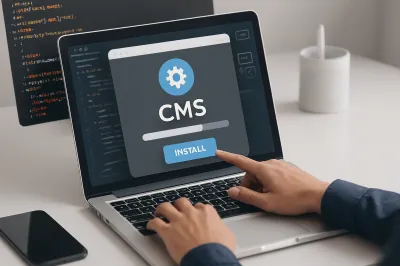Having a website is like owning a home in the digital world. Beyond decorating it beautifully and filling it with great content, installing a robust "security system" is absolutely essential. Every day, hackers and malicious actors are actively looking for vulnerabilities to attack websites across the globe.
If your website gets hacked, it not only damages your data and reputation but can also lead to getting banned by Google and, of course, failing to get approved for Google AdSense. This article is your complete guide, offering 10 actionable steps you can take right now to fortify your website's defenses, making it stronger and more secure.
1. Install an SSL Certificate (Use HTTPS) 🔒
SSL (Secure Sockets Layer) is a technology that encrypts data transmitted between a user's browser and your website's server. You can identify it by a URL that starts with https:// and a padlock icon. This not only protects sensitive information (like passwords and credit card details) but is also a critical ranking factor for Google SEO. Today, most hosting providers offer free SSL certificates (like Let's Encrypt), so there is no reason not to enable it.
2. Use Strong, Unique Passwords
This is your most important first line of defense. Using simple, easy-to-guess passwords like "123456" or "password" is like leaving your front door wide open for hackers. A strong password should have:
- Length: At least 12-16 characters.
- Complexity: A mix of uppercase letters, lowercase letters, numbers, and special symbols.
- Uniqueness: Never reuse passwords across different services. It's highly recommended to use a Password Manager like Bitwarden or 1Password to help generate and remember complex passwords for you.
3. Keep Your Software Updated 🔄
Whether you use WordPress, Joomla, or custom-coded PHP, all software has vulnerabilities that are discovered over time. Regular updates are how you patch those security holes.
- CMS Core: Update your WordPress version (or other CMS) as soon as a new release is available.
- Plugins and Themes: Outdated plugins are one of the leading causes of hacked websites. Always keep them updated.
- PHP Version: Check with your hosting provider to ensure you are using a recent PHP version that is still receiving security support.
4. Perform Regular Website Backups
Backups aren't a direct prevention method, but they are the most critical part of your disaster recovery plan. If your site is ever hacked or your files become corrupted, you can quickly restore it to a normal state. Most good hosting plans include automatic daily backups, but keeping your own off-site backup (e.g., on a cloud storage service) is a highly recommended practice.
5. Use a Web Application Firewall (WAF) 🛡️
A WAF is a "firewall" designed to filter and block malicious traffic before it even reaches your website. It can automatically protect against various types of attacks like SQL Injection and Cross-Site Scripting (XSS). A very popular service that offers a free and effective WAF is Cloudflare, which is easy to set up.
6. Limit Login Attempts
A "Brute Force" attack is when a hacker uses automated software to guess your password over and over again until they get in. You can prevent this by limiting the number of failed login attempts. For example, if a user fails to log in more than 5 times in a minute, their IP address is temporarily blocked. For WordPress, you can use security plugins like Wordfence or All In One WP Security & Firewall to enable this feature.
7. Choose a Reputable Hosting Provider
The foundation of a secure website starts with good hosting. Extremely cheap hosting providers may not prioritize security. Look for a provider that offers features like:
- Automatic malware and virus scanning.
- A built-in Web Application Firewall (WAF).
- Automatic daily backups.
- A responsive support team ready to help when issues arise.
8. Change the Default "admin" Username
On many CMS platforms like WordPress, a common default username is "admin." This is the first username a hacker will try to guess. If possible, avoid using "admin" and create a unique username that is harder to guess.
9. Set Correct File Permissions
File permissions determine who can read, write, or execute files and folders on your server. Incorrect settings can create a loophole for hackers to upload malicious files or modify your existing ones. The standard recommended permissions are:
- 755 for folders (directories).
- 644 for files.
You can typically set these permissions using an FTP client or your hosting's File Manager.
10. Scan for Malware Regularly
In addition to prevention, regular monitoring is key. Use malware scanning tools to check if your site has any suspicious files or malicious code hidden. You can use free online services like Sucuri SiteCheck to perform a basic external scan.
Conclusion
Website security is not a one-time task; it's an ongoing process, much like maintaining your home. Starting with these fundamental steps will dramatically reduce your risk of being attacked and will build a solid, secure foundation for your website to grow safely and sustainably. 👍
